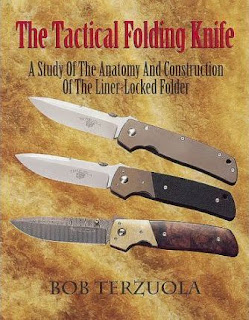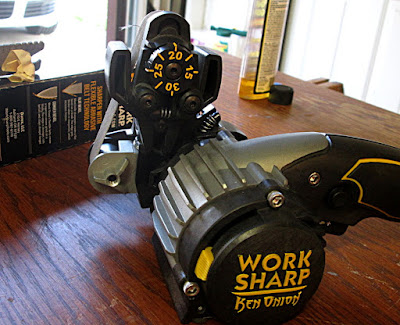I love those nature programs. Watching this desert lizard that keeps lifting a different foot to avoid the hot sand set to music is hysterical. But it’s the predators I find amazing.
Most of the day, predators are sleeping or walking round looking for opportunities. Some are pack members so they have to spend time maintaining gang status, while others are solo creatures. It’s their difference and sameness that makes them interesting.
 |
| The decision on who's lunch isn't completely made, yet! |
That’s an instinctual decision-making process of weighing food value and availability against hunger and potential damage. It’s a question of who is actually lunch and who’s the top predator at the moment.
Pack animals will do this too. The pack will surround a herd and attempt to spook them. In some cases the predator will discover a “mule kick” to the face from a zebra means the diner bell hasn’t rung yet. In other cases the herd panics and leaves the old, injured and inexperienced behind.
Often there is an “interview” to size up the relationship between prey and predator. Sort of an ‘accidental’ bump to see what the response is. I once saw a cartoon where a lion comes upon some small furry ball of protein eating grass. Unsure he hesitantly reaches out and touches it. The little fuzz ball whirls about metamorphosing into some creature composed of spikes, knives, a chain gun, several pistols, claws and spiked chains. The last panel show the little guy back grazing.
This is a legitimate concern to all predators. They may be king of this block, but not so much two streets over.
You’re thinking this is a weird Christmas/New Year’s post and you may be correct. But I’ll get to the point.
These relationships between you and predators remain the same despite the holiday season. In fact, it may be worse.
We travel in some of our best clothing with jewelry and other decorations visible presenting a higher target profile. Who would you rob - some guy in faded Carhartt jacket, worn leather shoes wearing a paint-splattered Timex watch and talking on a flip phone, or the guy with a knee length leather coat with black wing tip shoes, wearing a Breitling wrist watch talking on an i-phone?
During the holidays, actually all the time, practice a little tactical mimicry. Zebra’s stripes help them blend into the brush and confuse a predator when they bolt for escape.
Don’t wear your best out without giving it some thought. Excuse yourself and in the safety of the bathroom stall or destination, slip the watch, gold krugerrand ring or necklace out of your pocket and put them on. The diamond studs can go on now and you can safely check whatever you need to see on your i-phone. Reverse the order for departure.
Be boring in public. Ordinary.
True story.
I was in Hyde Park, London years ago carrying two 35mm film cameras. I stopped to sit a bench to take a break. Four Bobbies descended on me. A journalist had a camera stolen at a press event nearby. I looked out of the ordinary and they wanted to know everything about me. Despite the fact I had the serial numbers recorded in my passport locked in the hotel safe and offered to take them there and show them the numbers, I was just too interesting to ignore. Even after it was confirmed that the stolen camera didn’t match any of mine, the police just couldn’t believe I wasn’t up to something. I guess two cameras and not being in a Japanese tour group was outside their experience.
My mistake was not being invisible.
I don’t have to tell you to be aware of people, things and your surroundings. When you’re distracted thinking about what you need to do to get Aunt Mime’s approval, did you remember your boss’s mother’s holiday greeting card, and is a half-gallon of scotch enough, you are even more vulnerable.
I want all of us to have a great holiday, no matter the celebration: Christmas, Hanukkah, Boxing Day, Yule, the Roman Satunalia or simply New Year’s. Stay aware, Stay safe and Keep your wits about yourself and we can all look forward to another year together.







